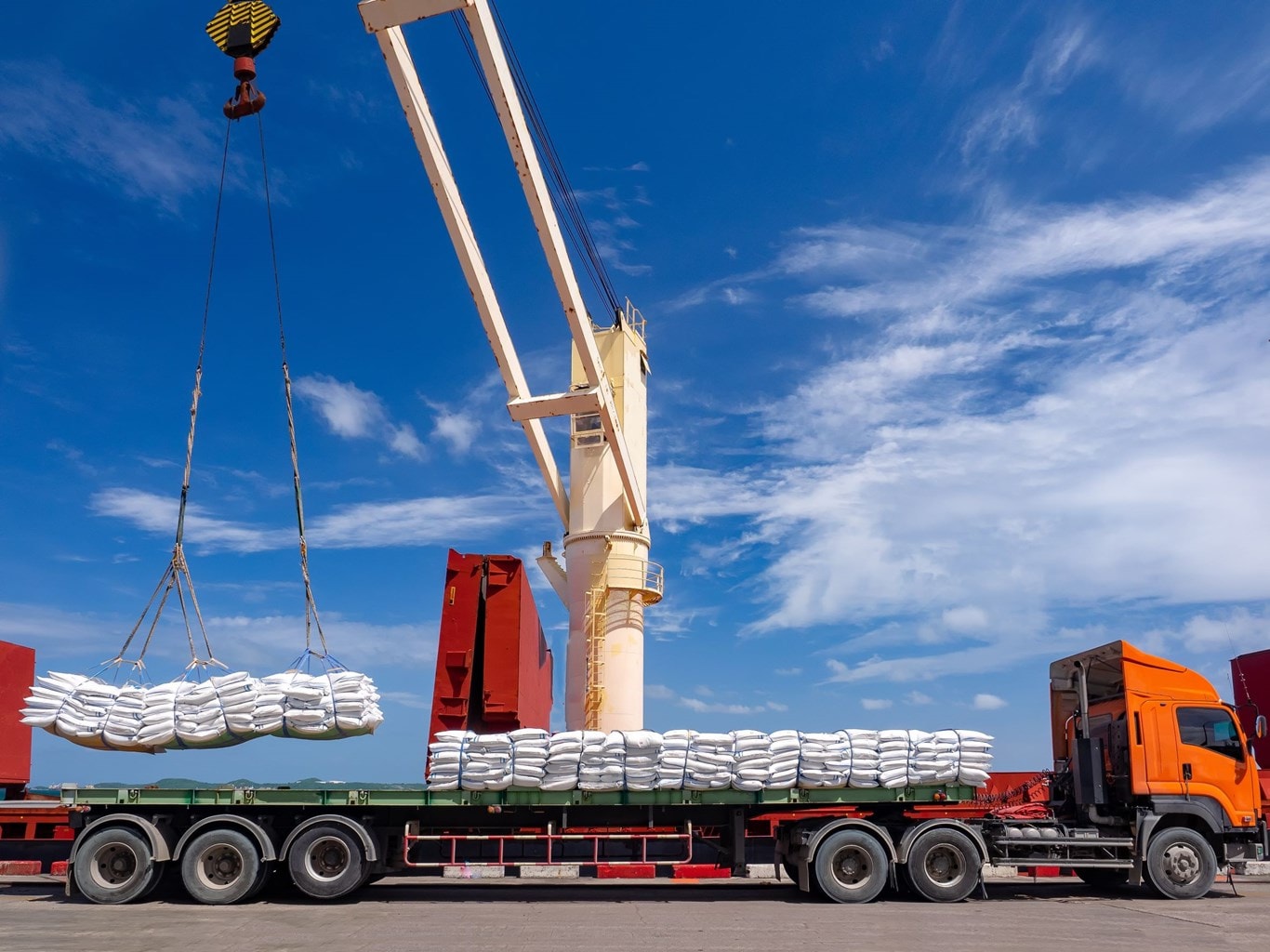Pakistan – Cargo Claims
Pakistan is a rapidly growing market for global trade, with its strategic location connecting Central Asia, South Asia, and the Middle East. However, as with any international trade, some challenges come with shipping goods to and from Pakistan. One of the most significant issues ships face is the difficulty in dealing with cargo claims.
There are several reasons ships may need help with cargo claims in Pakistan. One of the primary challenges is the complexity of the legal system. The country's legal framework for maritime law may be unfamiliar to international ship operators, making it challenging to resolve disputes related to cargo claims. Furthermore, the legal system in Pakistan can be slow and bureaucratic, which can delay the resolution of claims and require extensive documentation.
Another significant challenge is the limited infrastructure in Pakistan. The country's limited port infrastructure and equipment can lead to cargo damage during loading and unloading. Also, poor weather conditions and inadequate storage facilities can damage cargo, leading to potential claims against the ship operator.

Security concerns also pose a significant risk to cargo shipments. Acts of piracy, theft, and terrorism can cause damage to cargo and create liability issues for the ship operator. Furthermore, cultural differences can make it challenging to resolve cargo claims. Pakistan's unique culture and business practices may differ significantly from those of other countries. Language barriers and different legal and cultural norms can make it challenging to navigate potential issues.
To mitigate these challenges, working with experienced legal and logistics teams familiar with the local landscape is crucial. Such groups can provide valuable insights into the local legal system and cultural practices, allowing faster and more effective resolution of disputes related to cargo claims.
The Club's correspondent, AIV Private Limited, has produced bulletins highlighting the challenges and issues experienced in Pakistan with bulk and liquid cargoes and an update on case experiences in the local district courts.
General advice on how the ship’s crew can minimise cargo claims:
The ship's crew plays a vital role in ensuring safe cargo transport during the voyage. Cargo loss and damage can result in significant financial losses and pose a safety risk to the crew and other personnel on board. Therefore, the ship's crew must take appropriate measures to mitigate these risks and protect the cargo under their care.
One of the most effective ways for the crew to mitigate cargo loss and damage is to ensure the following and implementation of proper handling, stowage and securing procedures, including assessing whether the packaging materials are appropriate and designed to withstand the rigours of sea transport, have been utilised. The cargo must be loaded, stowed and secured correctly, with balanced weight distribution to prevent shifting during transit. In addition, proper handling and stowage can prevent cargo damage and loss due to rough handling or shifting during the voyage.
Regular inspections of the cargo compartments are essential to prevent cargo damage and loss. The crew should inspect the cargo compartments for any signs of damage or leaks that could compromise cargo safety. Regular inspections can help identify potential problems before they escalate into major issues that could compromise cargo safety.
Temperature and humidity control is another critical factor in preventing cargo damage and loss. Some types of cargo, such as perishable goods or chemicals, require temperature and humidity control to maintain their quality and integrity. Therefore, the crew should ensure that the temperature and humidity in the cargo compartments are maintained within the specified range, helping to prevent spoilage, deterioration, or other damage to the cargo.
Where goods are packed into shipping containers or unitised (i.e., pallets, crates, pre-slung), the crew should check that these are in good condition and free from any defects that could compromise their integrity during transport. Furthermore, the consolidation process and securing of the goods into the unitised format should have been done per industry best practices to prevent damage and loss. The crew should also ensure that container doors close and seal correctly to prevent water ingress during transport.
Proper documentation and labelling are essential for successful cargo transport. The crew must check the packages and containers are labelled with identifying information and ensure all relevant documentation, including bills of lading and customs paperwork, is complete and up to date. Proper labelling and documentation can help ensure that cargo is delivered to the correct destination and can help prevent loss or theft.
Effective risk management strategies are also critical in preventing cargo damage and loss. For example, the crew should monitor weather conditions and sea states to identify potential risks and implement security measures to protect against theft and piracy, which includes maintaining a secure perimeter around the ship, using surveillance equipment to monitor the ship's surroundings, and implementing protocols to respond to potential security threats.
Training and education for crew members are essential to ensure they have the knowledge and skills to handle cargo properly and prevent damage or loss. The training should cover proper packing, handling, stowage and securing procedures and technics, risk management and security measures and emergency response protocols to ensure they can respond effectively in an emergency.
